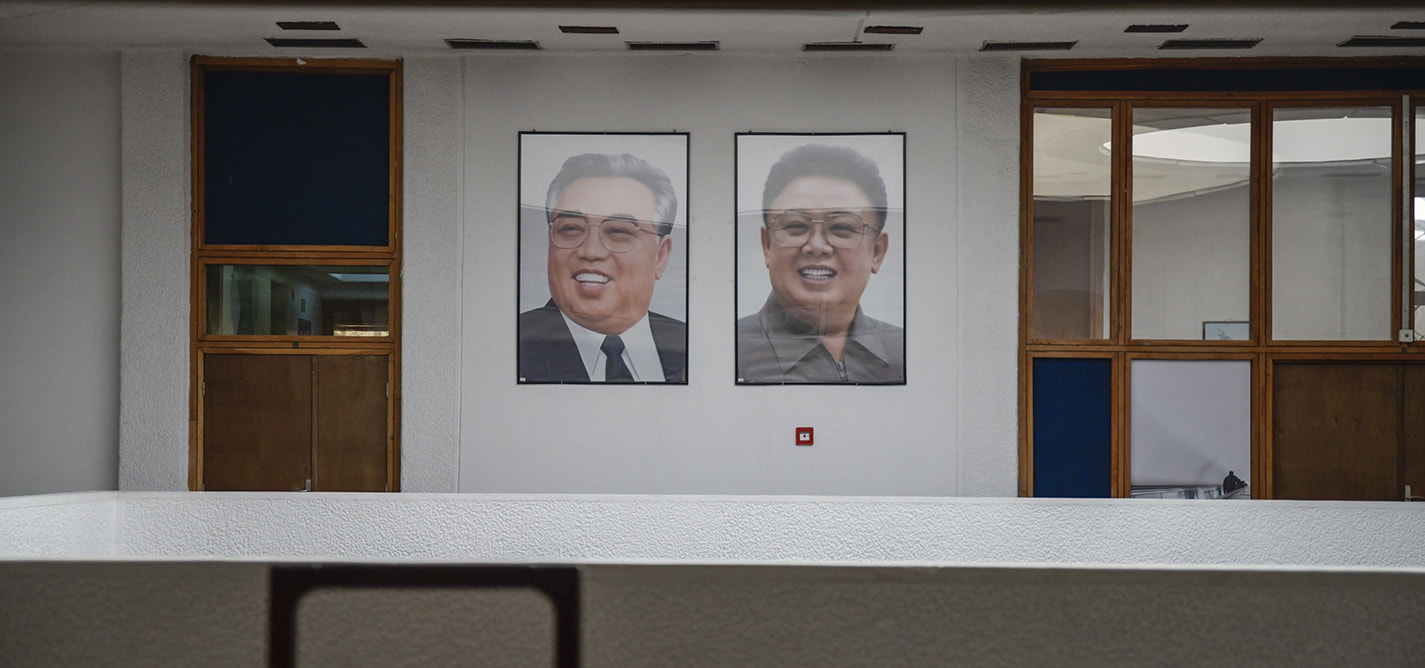
Dictators agitated
North Korea exhibition at the National Gallery elicited strong reactions.
|05.12.2019
|
Traavik’s documentary film, which covered the Laibach concert in Pyongyang, was screened after the exhibition in Prishtina.
These materials from North Korea elicited strong reactions from critics, who mainly saw the exhibition as promotion of a dictatorial system and its leaders.
“In fact, even in a country like North Korea - although naturally they are much more controlled - you don’t need two million policemen to supervise people, because they are censuring one another.”
Morten Traavik
Ngadhnjim Avdyli
Ngadhnjim Avdyli is a former K2.0 staff journalist, covering mainly politics, governance and social justice issues. He has a degree in journalism from the University of Prishtina.
This story was originally written in Albanian.